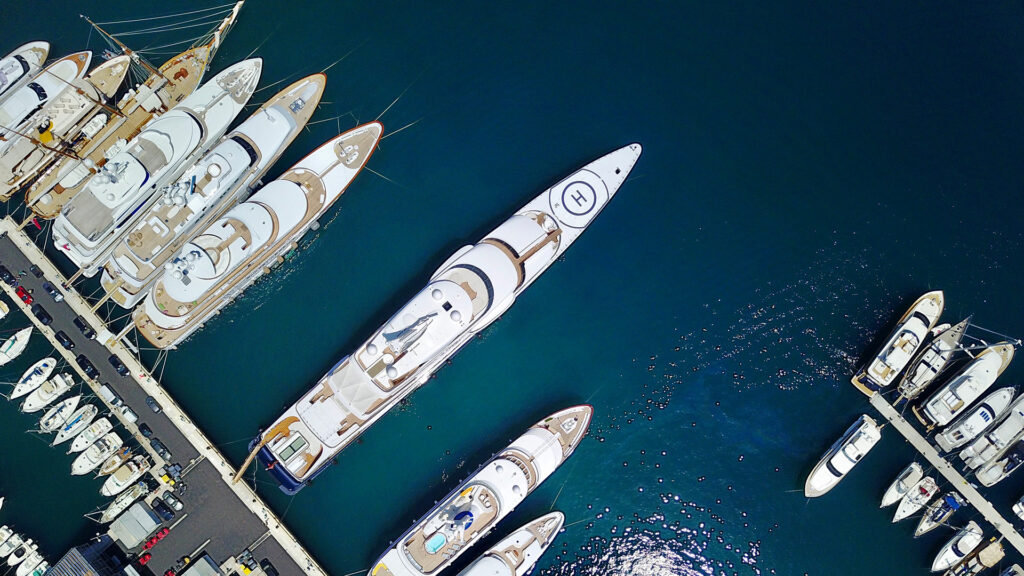
.jpg)
Artwork on Yachts Soon to be Subject to Anti-Trafficking Regulation
Regulation EU 2019/880 on the introduction and import of cultural goods (the Regulation)1 aims to prevent the entry into the European Union (the EU) of cultural goods which were illegally exported from their country of origin.
Yachts are often decorated with high value artwork and other items of cultural significance. The Regulation imposes restrictions on the import of cultural goods in three phases.
The rules around Category A goods, which have been in operation since December 2020, impose a complete ban on the import of cultural goods (ranging from antiques to plant specimens) which were illegally removed from their country of origin.
Restrictions on the import of Category B goods, namely items from archaeological excavations, and Category C cultural goods, including artwork, sculptures and antiques which are both i) more than 200 years old and ii) worth EUR 18,000 or more, must be in force across member states by 28 June 2025 at the latest.
Whilst it might be relatively rare to find Category B goods on board yachts, Category C goods can often be found afloat. It is important that the owner, manager and captain of any yacht with such goods on board take steps to ensure that they are compliant with the Regulation. For those expecting to import Category C goods into the EU on board their yacht, the importer (in this case the registered owner of the yacht) must submit an importer statement containing:
- a declaration that the cultural goods were exported from their country of origin in accordance with the laws of that country; and
- a standardised document describing the goods so authorities can undertake a risk analysis and targeted controls.
It will be necessary to maintain on board the yacht copies of the importer statement and accurate records of the purchase, import and export of any such goods to evidence any declarations made and address any questions which might be raised by customs inspectors.
To complicate matters, the customs exceptions which may be granted to yachts which temporarily enter the EU do not extend to the cultural goods listed above. It may therefore be necessary to complete import documents for the yacht’s furnishings, even though the yacht itself will not be formally imported.
It is essential that anyone bringing archaeological items, artwork, antiques or other cultural goods into the EU on board their yacht for the upcoming summer season understands and take steps to comply with these new obligations prior to arrival. Those yachts already in the EU with such goods on board, which have not previously completed appropriate customs documentation, will need to take steps to regularise their position.
Jordan O’Brien, Trainee Solicitor, assisted in the preparation of this briefing.
Footnote






-1024x576.jpg)



